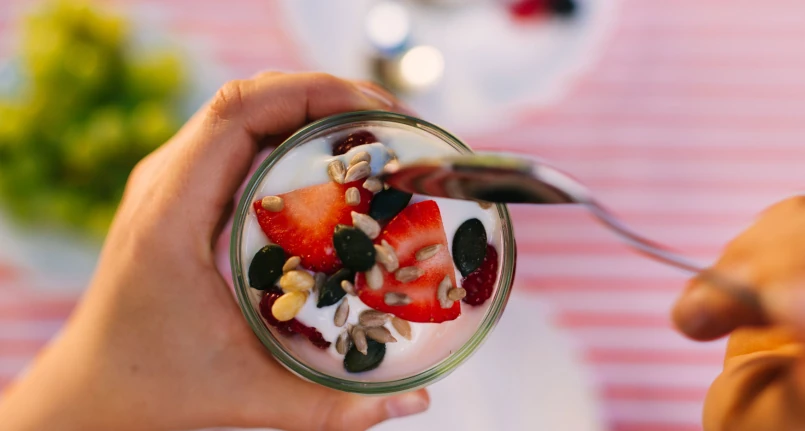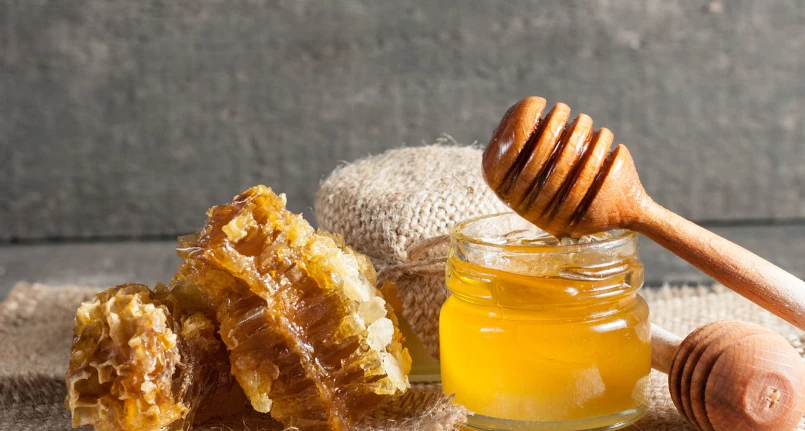Premenstrual syndrome
Premenstrual Syndrome: Causes, Symptoms and Treatment
The real cause of this now social phenomenon remains unknown , and various theories have been advanced over time. Undoubtedly the hormonal change of this period represents a strong contributing cause. In fact, during the phase preceding the arrival of menstruation, there is a strong imbalance between estrogen and progesterone (hormones produced by the ovary ), which affect the metabolism of serotonin involved in mood , the hydro-salt balance through the ‘ anti-diuretic hormone , on prolactin involved in breast tenderness, but also on prostaglandins involved in the perception ofpain and inflammation.
On these bases, numerous therapies have been proposed over time, such as the contraceptive pill , diuretics and prolactin reducers , which however, despite having a beneficial effect, have numerous side effects. However, a certain benefit can be drawn from some precautions in the daily diet and from the use of natural principles.
One of the most commonly encountered symptoms during PMS is weight gain . This feature is often due to a sharp increase in water retention, but in some cases it is aggravated by the increased intake of sugars that often accompanies this period.
Let’s look at some concrete cases.
Nutrition and Premenstrual Syndrome
Premenstrual Syndrome: Why Do You Feel Abdominal Bloating?
In the premenstrual phase and during menstruation, one of the most common ailments is the sensation of abdominal swelling sometimes accompanied by considerable weight gain . This happens due to the relaxation and stretching of the abdominal wall muscles just before and during the menstrual phase .
Sometimes the swelling also affects the legs ; in this case the cause is to be found in the water retention lurking precisely in correspondence with the “cycle”. This situation is due to a discharge of waste from the capillaries into the tissues, an excess that the lymphatic system is unable to drain. In this case, localized edema forms below the tissues, especially in the legs. This is mainly due to the increase in progesterone secretion throughout the second phase of the cycle. The walls of the vesselsthey are particularly sensitive to this hormone and increase their permeability in response to it. Finally, progesterone has an effect on the body’s smooth muscles , such as to determine a decrease in its motility with consequent abdominal distension , due to the sense of swelling felt in this period.
Premenstrual Syndrome and Constipation
In some cases there is an increase in constipation .
To prevent these disorders, it is necessary to observe some precautions and vary one’s eating habits before the period. First of all, in the ten days preceding the onset of menstruation, a hyposodic diet is recommended , i.e. with a low salt content , to avoid the tendency to water retention and swelling. This means avoiding certain sodium-rich foods : cured meats, sausages , cheeses , smoked meats and fish , and even all baked goods , such as bread , pizza and biscuits.
But that’s not enough!
A diet particularly rich in saturated fats deriving from these foods can slow down the lymphatic system, overloading it with the entry into the circulation (see chylomicrons ) of fat droplets acquired with food, which can “clog” the lymphatic drainage .
Premenstrual Syndrome: Which Diet to Follow?
In the light of the above, it is important to follow a diet low in lipids , avoiding all sausage products and animal fats, preferring the consumption of fruit, vegetables and legumes . In fact, these foods have a greater quantity of substances called lignans , which remove excess hormones from the circulation, restoring hormonal balance.
Furthermore, fruit and vegetables , thanks to their greater quantity of minerals , together with a generous supply of water , restore the hydro-saline situation, increasing diuresis and eliminating excess waste. Recent studies, in fact, have confirmed that a greater intake of calcium and magnesium , minerals present in vegetables and legumes , can significantly improve the symptoms associated with premenstrual syndrome. These minerals can be acquired through the intake of certain foods, such as wheat germ , soybeans , figs, corn , apples , walnuts , almonds , fish , garlic , peaches and apricots .
In some cases, the situation appears to be made worse by other pathologies, such as the modification of thyroid hormones which are unable to carry out their activity effectively, further aggravating water retention. In these cases it is useful to support the thyroid function through a generous supply of foods rich in selenium , such as wheat bran , which the thyroid strongly needs to synthesize hormones.
In particularly serious situations of water retention it is useful to use draining phytotherapeutic products , such as green tea (which is also a strong antioxidant ), in the form of herbal teas or concentrated extracts , together with infusions containing birch , a powerful diuretic . In case of an existing complication of the venous microcirculation it is useful to use extracts based on flavonoids , compounds of which all purple fruits are rich , such as plums , grapes , etc., which decrease the capillary permeability .
By Doctor Roberto Uliano
Other articles on ‘Premenstrual Syndrome’
- Premenstrual Syndrome – Drugs useful against Premenstrual Syndrome
- Premenstrual syndrome
- Premenstrual Syndrome: Cures
- Diet and PMS
- Premenstrual Syndrome – Herbal Medicine




